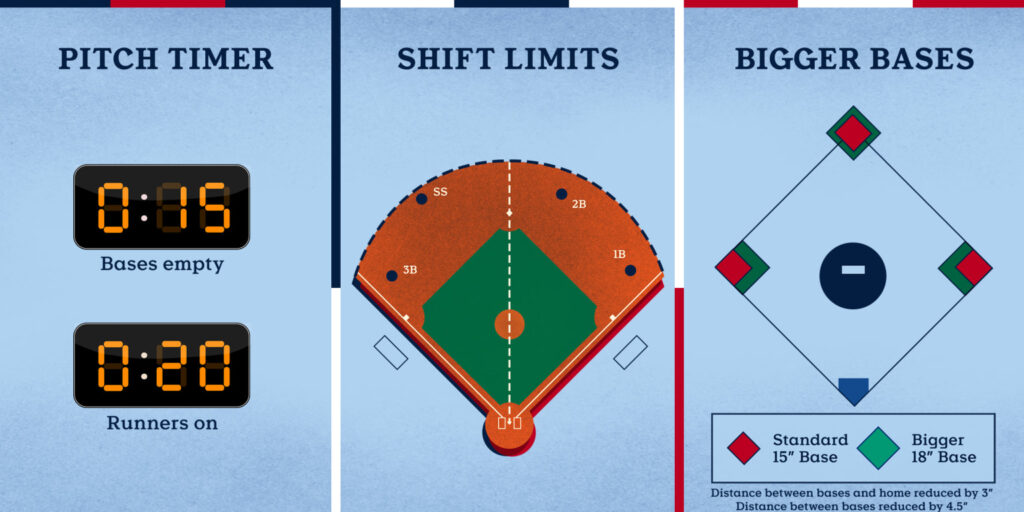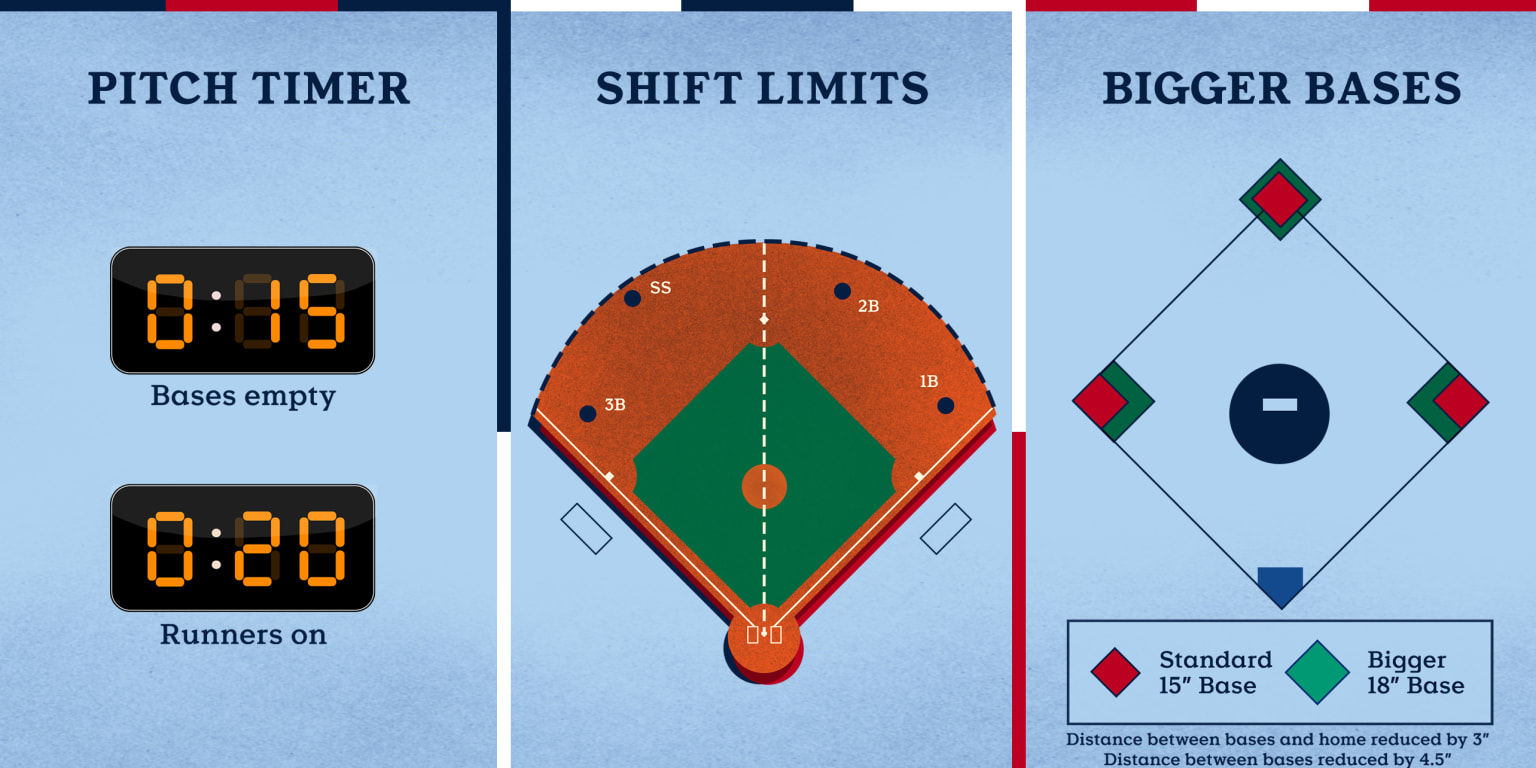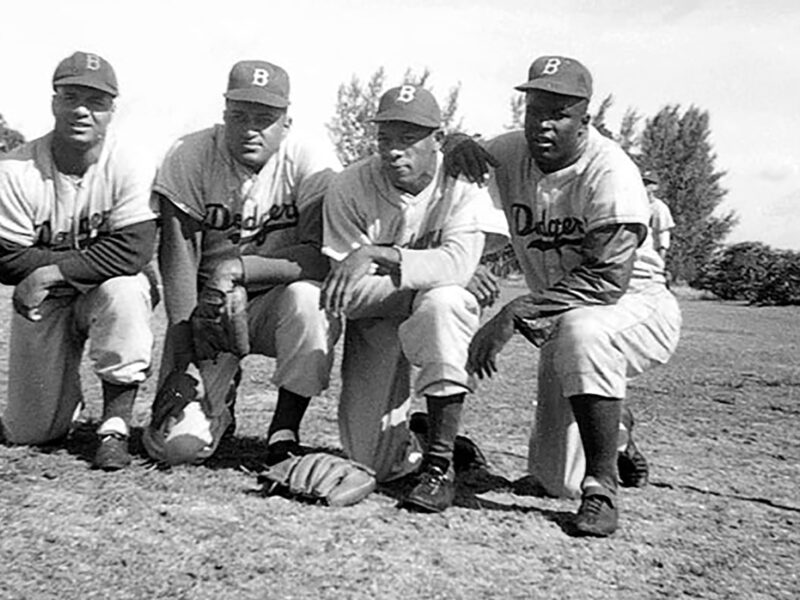For years, Major League Baseball grappled with criticisms about pace of play, decreasing action, and a perceived decline in on-field athleticism. Games dragged, dominated by the “three true outcomes” (home runs, strikeouts, walks), and the stolen base felt like a relic of a bygone era. In response, MLB implemented a suite of significant rule changes, most notably ahead of the 2023 season, headlined by the ubiquitous pitch clock.

These weren’t just subtle adjustments; they were a calculated effort to reshape the modern game. Now, with significant data and observation time, we can analyze their profound impact.
The Goals Behind the Rules:
Before diving into the effects, let’s remember why these changes were made:
- Improve Pace of Play: Reduce dead time, shorten overall game length, and create a brisker rhythm.
- Increase Action: Encourage more balls in play, theoretically leading to more hits, doubles, and defensive opportunities.
- Boost Athleticism: Incentivize stolen bases and aggressive baserunning.
- Improve Offense (Slightly): Limit defensive shifts to theoretically increase batting average on ground balls, particularly for left-handed hitters.
The Key Rule Changes:
- Pitch Clock: Timers set for pitchers (15 seconds with bases empty, 20 seconds with runners on) and hitters (must be alert in the box with 8 seconds left). Violations result in automatic balls (for pitchers) or strikes (for hitters). Limits on mound visits also apply.
- Pickoff Attempt Limits: Pitchers restricted to two “disengagements” (pickoff attempts or step-offs) per plate appearance. A third attempt, if unsuccessful, results in a balk.
- Bigger Bases: Bases increased from 15 inches square to 18 inches square, slightly reducing the distance between them.
- Shift Restrictions: Mandated two infielders on each side of second base, with all four required to have their feet on the infield dirt when the pitch is released.
Analyzing the Impact:
- Pace of Play: Mission Accomplished (Mostly)
- The Effect: This was the most immediate and undeniable impact. Average game times plummeted significantly (often by 20-30 minutes compared to previous seasons), returning to levels not seen in decades. The dead time between pitches drastically decreased, creating a noticeably quicker rhythm.
- The Verdict: Hugely successful in achieving its primary goal. While some traditionalists dislike the feeling of being “on the clock,” the vast majority of fans and even many players seem to appreciate the improved pace. Violation rates dropped as players adjusted.
- Offensive Action: More Contact, Same Power Profile
- The Effect: The shift restrictions worked as intended, leading to a noticeable increase in batting average on ground balls and balls hit to the pull side, especially for lefties. Overall batting average ticked up across the league. However, the overall run-scoring environment and home run rates didn’t drastically change; pitching evolution (velocity, spin) remains a powerful counterforce. Strikeout rates remain historically high.
- The Verdict: Successful in increasing batting average and putting more balls in play, but didn’t fundamentally alter the power/strikeout dynamic of the modern game on its own. It changed how some hits occurred more than the overall offensive output.
- The Stolen Base Renaissance: Running Wild (Intelligently)
- The Effect: This was perhaps the most dramatic strategic shift. The combination of pickoff limits (removing the pitcher’s ability to endlessly hold runners), bigger bases (a slight advantage), and potentially quicker pitcher times due to the clock led to a massive surge in stolen base attempts and success rates. Baserunners became far more aggressive and successful.
- The Verdict: Wildly successful in bringing back an element of speed and athleticism. It forced teams to value speed more, put pressure on catchers, and added a layer of excitement that had been missing.
- Player Adjustments and Challenges:
- The Effect: Players had to adapt routines significantly. Pitchers couldn’t deliberate as long, hitters needed quicker pre-pitch rituals, and catchers had less time to call games (leading to increased PitchCom usage). Some pitchers initially voiced concerns about feeling rushed, potentially contributing to fatigue or injury risk (though proving a direct causal link to injuries is complex and highly debated). Infielders lost the ability to position perfectly based on analytics.
- The Verdict: Players largely adapted remarkably well after an initial adjustment period. The injury debate remains ongoing and is likely influenced by multiple factors beyond just the clock (velocity focus, pitch types, etc.).
- The Fan Experience:
- The Effect: Shorter game times are generally popular, fitting better into modern schedules. Increased stolen bases add excitement. The visual change from extreme shifts makes the infield look more “traditional.” Some found the clock visually distracting initially, and occasional clock-related violations in key moments can be frustrating.
- The Verdict: Largely positive reception due to improved pacing and increased baserunning action, though not universally beloved by all traditionalists.
Conclusion: A Fundamentally Changed Game
The pitch clock and its accompanying rule changes were not merely cosmetic. They have fundamentally altered the flow, strategy, and feel of Major League Baseball. The game is undeniably faster, features significantly more stolen base action, and has seen a modest increase in batting average due to fewer extreme shifts.
While debates continue about the potential impact on pitcher health and whether the changes went too far or not far enough in addressing the “three true outcomes,” the primary goals of improving pace and increasing athletic action have largely been met. MLB successfully used rule changes to reshape its product, creating a version of baseball that looks and feels distinctly different – and arguably more dynamic – than the version played just a few years prior.
What are your thoughts on the pitch clock and other rule changes? Have they improved MLB? What adjustments, if any, would you like to see? Share your opinions below!


